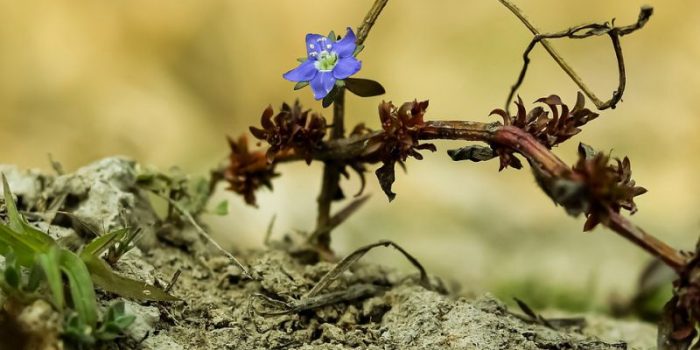Flowers bring a touch of nature’s beauty to any space, with their vibrant colors, pleasant scents, and calming presence. But did you know that flowers can have a more profound impact on your life? Just imagine sitting in your garden surrounded by an array of tiny, delicate blooms and feeling a sense of peace and serenity. It’s no wonder why the smallest flowers have been a beloved part of our homes and gardens for centuries.
If you’re ready to add a touch of natural beauty to your life, we’ve got you covered with our list of the top 10 smallest flowers in the world that you can easily have in your garden or as potted plants in your home. Whether you’re a seasoned gardener or a beginner, these petite smallest flowers are easy to care for and will add a pop of color and fragrance to your space. These tiny wonders are sure to make a big impact on your life!
1. Black Swallow-Wort
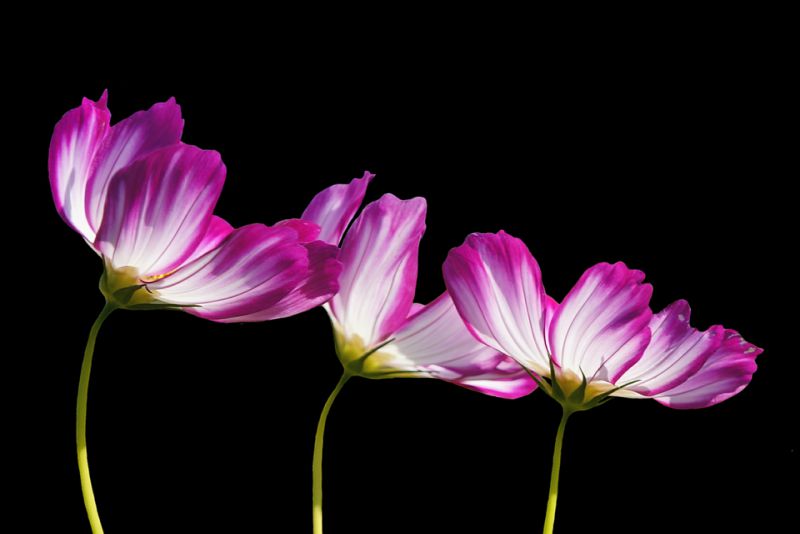
The flower world has a hidden gem, often referred to as the “black beauty.” With petals that range from dark purple to black, these smallest flowers boast a unique and glamorous appearance. The contrast of the black petals against white hair-like structures only adds to their allure. To help these petite wonders reach their full potential, it is recommended that they be grown in a sunny location where they can absorb as much energy as possible.
Not only are these smallest flowers visually stunning, but they are also easy to care for and will make a dramatic statement in your garden or home. Whether you choose to plant them in your outdoor garden or keep them as potted plants inside, their dark beauty is sure to captivate everyone who sees them. And, since they are some of the smallest flowers available, they won’t take up too much space. So, why not add a touch of dark elegance to your life with these unique and beautiful smallest flowers?
Read More: 10 Best Fragrant Flowers for your garden
2. Thymus vulgaris
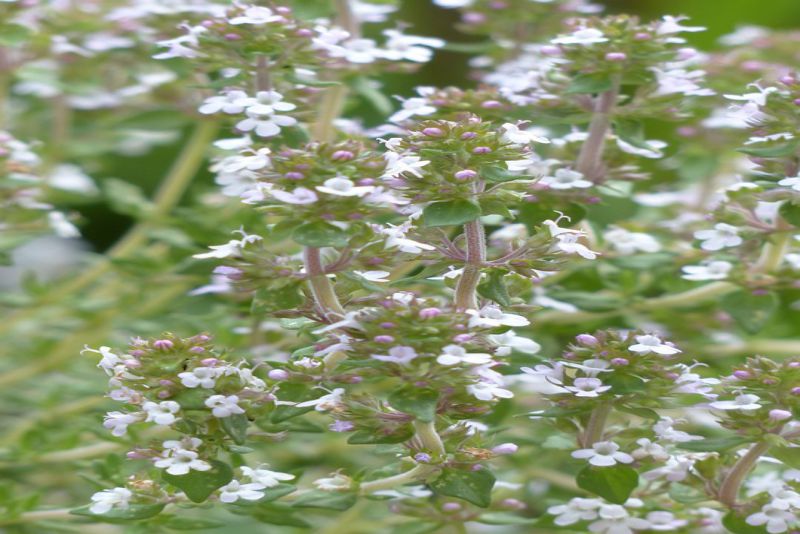
Imagine having a spice plant that not only adds flavor to your food but also blooms charming pink and purple smallest flowers in clusters at the end of its branches. That’s right, this tiny wonder is not just any ordinary plant but one that has an amazing fragrance that can be easily detected from a distance. This is all thanks to its aromatic leaves.
These smallest flowers are tough and can survive both frost and drought. They are a perfect choice for those looking to add a pop of color and fragrance to their garden or home. Whether you are a seasoned gardener or a beginner, these tiny blooms are easy to care for and will provide you with a stunning display of beauty.
So, why not make this plant a part of your life and enjoy the charismatic beauty of its pink and purple flowers? With its ability to survive tough conditions and its amazing aroma, this is truly one of the finest smallest flowers in the world.
3. Lobelia

It is an annual or biennial plant that grows to a height of 15-100 cm, featuring alternate and simple leaves, and 2-lipped tubular flowers with five lobes each. Lobelia comes in a variety of hues, including blue, red, white, purple, lavender, and pink.
This plant prefers well-drained soil and full sun, making it ideal for butterfly gardens and rock gardens. The sweet nectar and vibrant colors of Lobelia are highly attractive to various butterfly species. It blooms from July to August and has a hairy stem with a milk-like sap.
However, it is important to note that all parts of the plant above ground can be toxic and cause significant side effects if taken in excesses, such as convulsions, vomiting, fast heartbeat, low blood pressure, coma, collapse, and death. The green calyx of the plant encloses the capsule-like fruit, which contains numerous small seeds that can be easily dispersed by the wind.
Moreover, Lobelia is a hardy plant that can add color and beauty to any garden. Whether you’re looking for an attractive addition to your butterfly garden or a versatile plant for its medicinal properties, Lobelia is a great choice.
4. Forget-Me-Not
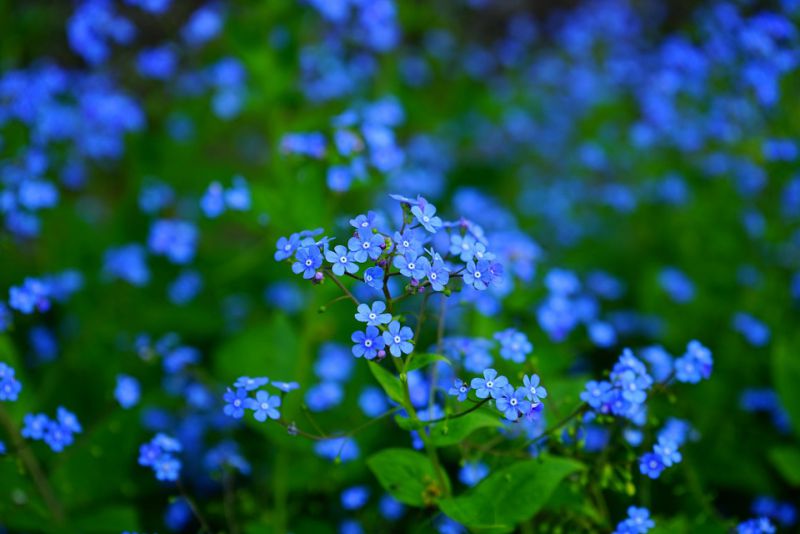
It is scientifically known as Myosotis, which refers to the shape of its leaves that resemble mouse ears. This plant can reach up to 12 inches in height and width, with 74 different species that vary in appearance.
They are attractive to moths, bees, flies, and butterflies and are the primary pollinators of the plant. Forget-me-not can be propagated through seed, cuttings, or division of its rhizome, and can grow as an annual or perennial depending on climate and species.
While forget-me-not flowers don’t have much fragrance during the day, they emit a pleasant scent at night. In conclusion, the forget-me-not is a versatile and attractive plant that makes a great addition to any garden. With its small, delicate flowers and symbol of remembrance, it’s no wonder why this plant has become a favorite among gardeners.
5. Alfalfa
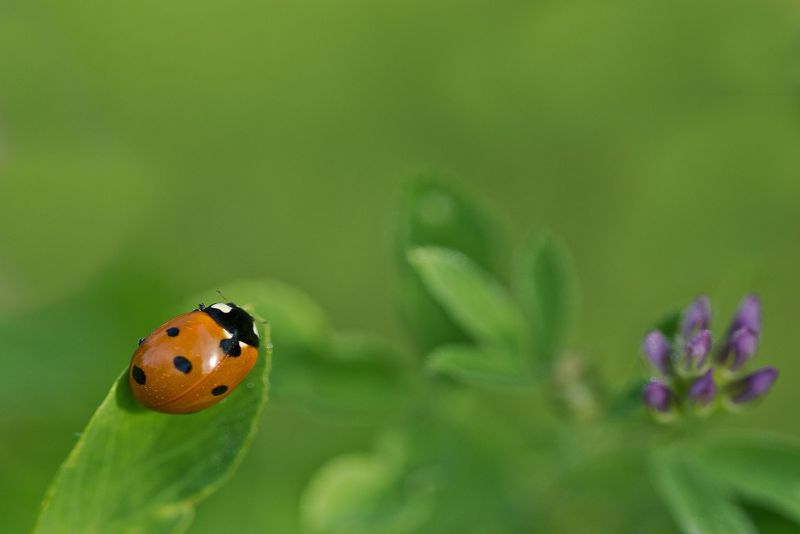
Alfalfa, also known as Lucerne, is a versatile flowering plant that belongs to the Fabaceae family. It is known for its deep root system and its ability to improve soil quality and prevent soil erosion. With its ability to grow up to three feet in height, Alfalfa boasts clusters of purple flowers that provide a rich source of nectar and attract pollinators like bees.
Aside from its ornamental value, Alfalfa is a valuable source of nutrients such as proteins, vitamins A, E, D, and K, as well as minerals like phosphorus, zinc, folate, and manganese. It blooms in the spring, summer, or fall, and its seeds and slender stems can also be consumed by humans.
Mainly used as animal fodder, Alfalfa is widely grown for hay, green manure, pasture, silage, and as a cover crop. Its high tolerance to heat, cold, and drought makes it a popular choice for agriculture. In traditional medicine, Alfalfa is known to help with conditions like arthritis, kidney and bladder infections, and prostate problems. Its smallest flowers can even help lower cholesterol levels. With a lifespan of up to 20 years, Alfalfa is a valuable and sustainable crop.
6. Water meal on hand
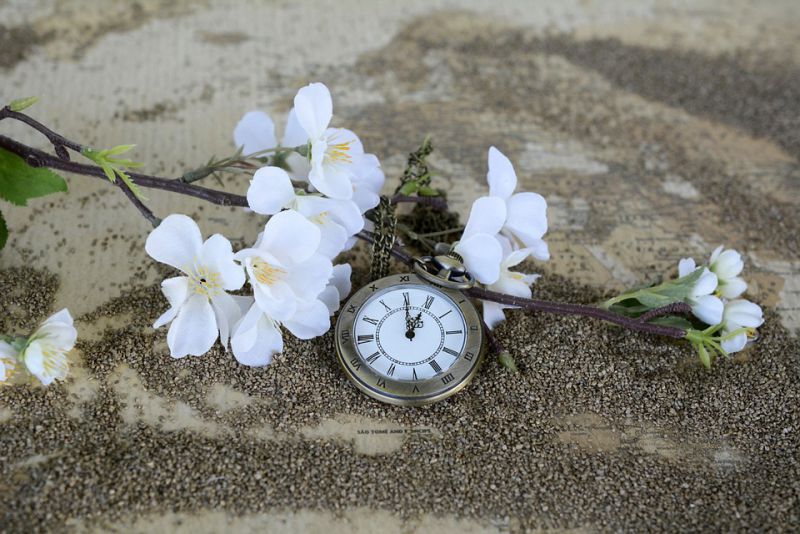
Water-meal, also known as Wolffia globosa, is a tiny flowering plant that belongs to the Lemnaceae family. It is known for being the world’s smallest flowering plant, measuring only around one millimeter in length. These minuscule plants are green or yellow-green in color and float on the surface of ponds, streams, lakes, and marshes without the need for a root system.
Each of these tiny flowers contains one stamen and one pistil. While they may add to the beauty of the aquatic environment, they can also become a nuisance when they grow in large quantities and make the water body unsightly and unusable. They draw their nutrients directly from the water and can reduce oxygen levels, thereby stressing or killing fish.
Watermeal has several uses, including as a source of food and shelter for aquatic life, as a low-cost source of pharmaceuticals, and as a material for bioplastics due to its high protein content. It is also commonly used in cold-water aquaria due to its ease of propagation.
7. Kenilworth Ivy
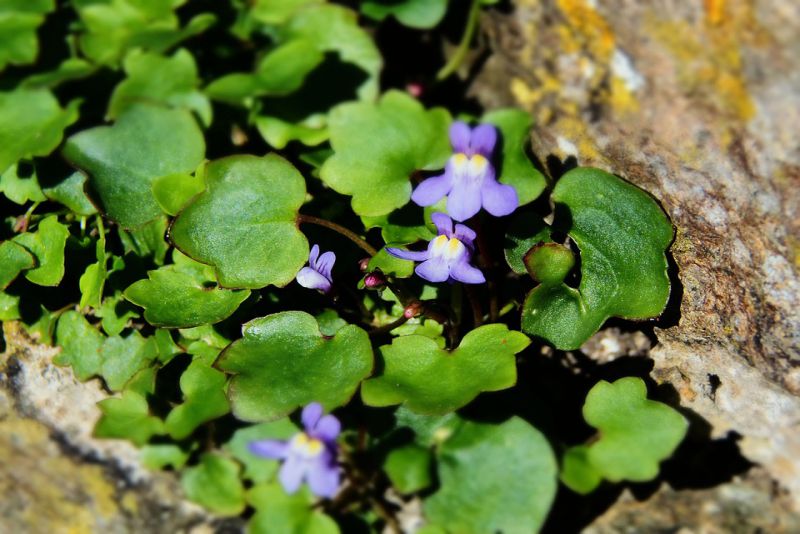
Kenilworth Ivy, also known as Cymbalaria muralis, is a delicate flowering vine from the Plantaginaceae family. It originates from Mediterranean Europe and grows up to 5 cm in height. This frost-tolerant plant thrives in cool-summer regions with sandy or clay soil and plenty of moisture. The evergreen leaves are round and scalloped, arranged alternately on thin stems, and range from 1 inch to 2 inches.
From May to September, Kenilworth Ivy produces small lilac flowers that resemble miniature snapdragons with five petals, sepals, or tepals. Its unique phototropism is one of the most interesting aspects of this vine. The flowers initially grow towards the light, but after fertilization, they move away from it, pushing the seeds into crevices. Furthermore, the plant is self-fertile, and sometimes bees pollinate it.
These charming and tiny flowers can be found growing on rocks, in meadows, gardens, roadsides, and in the crevices of old and moist walls. Although it is a prolific and invasive plant, it can be used in hanging baskets, trailing over a bank, or as a ground cover in rock gardens. The smallest flowers of Kenilworth Ivy add a touch of beauty and color to any outdoor space.
8. Baby Breath
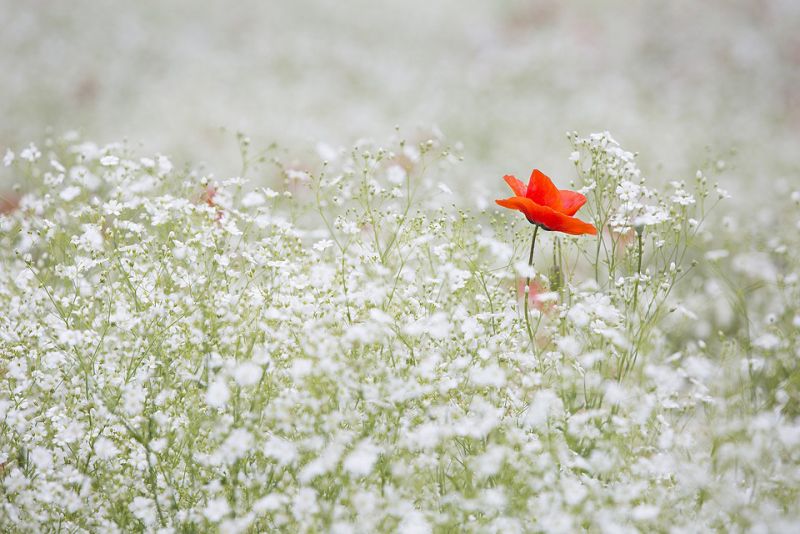
It is characterized by narrow, bluish-green, lance-shaped leaves and tiny white or pink flowers that bloom on tall branching stems. These delicate stems produce an elegant misty effect in floral arrangements, rock gardens, and bouquets, making baby’s breath a popular cut flower.
The edible roots of a baby’s breath have been used as a pharmaceutical ingredient, and the plant can reach up to 50 cm in height. The plant produces rounded or oval-shaped capsules as fruit that open at valves and contain several brown or black seeds. Baby’s breath blooms in spring and summer and can propagate via seed. It tolerates full to partial sun and fertile, well-drained soil, but requires watering during dry periods for optimal growth.
In some areas, certain species of baby’s breath have been designated as invasive weeds. Despite its delicate appearance, the smallest flowers of baby’s breath add a touch of charm and grace to any garden or bouquet.
9. Black Medick
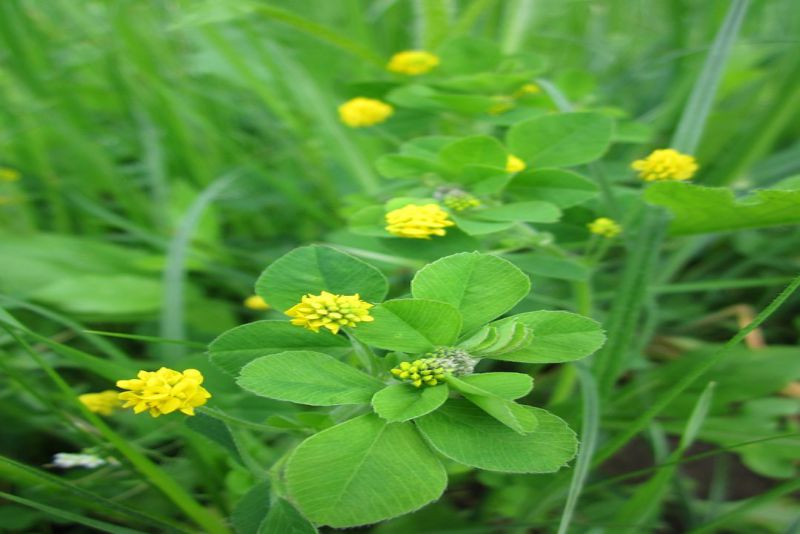
The Black Medick is a member of the legume or clover family and can be found in nearly every continent. Mature plants grow from 6 to 31 inches tall and have bright yellow, tiny florets that are arranged in clusters of up to 50 small flowers.
The plant produces small, kidney-shaped fruits that are housed in single pods and turn black when they mature. The roots of the Black Medick contain nodules that host nitrogen-fixing bacteria. The Black Medick has been used to produce honey and as a fodder plant, and it reproduces via seed.
10. Bladderwort
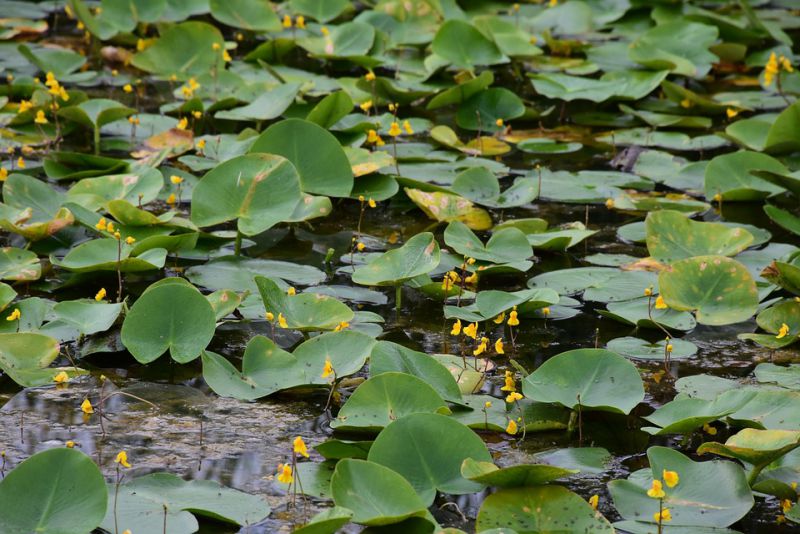
Bladderwort is a carnivorous plant species belonging to the Lentibulariaceae family. It is widely found in all continents except Antarctica and can grow up to 2mm to 10cm in size. These smallest flowers are found in lakes, streams, and flooded areas, both on land and in water. Bladderwort lacks roots and has a long, flat floating stem that usually bears simple or finely divided leaves.
The leaves of the plant are dark green, reddish, or brown and are equipped with bladder-like traps to capture and digest tiny aquatic organisms such as flies, insect larvae, and worms, giving the plant its unique name. The spherical capsule fruits of these miniature flowers contain numerous tiny seeds. Bladderwort blooms from July to August. Bladderwort can propagate through seed and division of the stem and can self-pollinate.
11. Dwarf Snapdragon
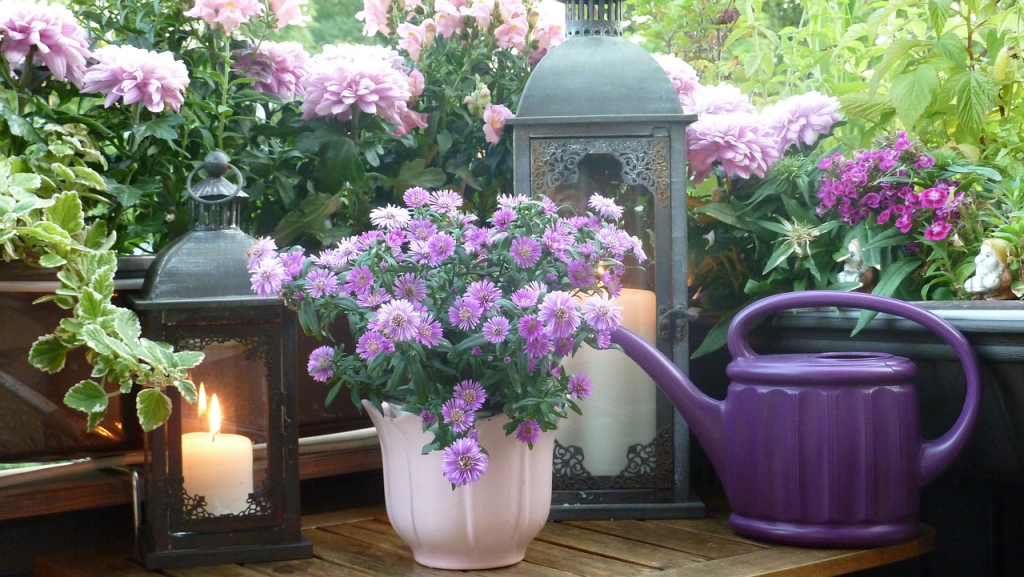
The Dwarf Snapdragon, scientifically known as Linaria Nana, is a petite flowering plant with slender stems that bear small, snapdragon-like blooms. These charming flowers come in an array of colors, including pink, purple, and white, adding a delightful touch to any garden. With a maximum height of about 6 inches, these smallest flowers create a carpet of color when planted in clusters, making them a perfect choice for borders or rock gardens. Their whimsical appearance and easy care make them an excellent addition for both novice and experienced gardeners, providing a burst of color without taking up much space.
12. Creeping Jenny

Creeping Jenny, or Lysimachia nummularia, is a low-growing perennial with small, round leaves that form a dense mat of vibrant green. Tiny, cup-shaped yellow flowers appear in late spring to early summer, adding a pop of color to the ground cover. Ideal for hanging baskets, rock gardens, or as a trailing accent in containers, Creeping Jenny is a versatile and easy-to-grow plant. Its cascading growth habit makes it a charming addition to various landscapes, providing texture and a touch of elegance. With minimal care requirements, this smallest flower is a wonderful choice for those looking to enhance their garden with a splash of yellow.
13. Partridge Berry

Partridge Berry, scientifically known as Mitchella repens, is a tiny, evergreen ground cover native to North America. This low-growing plant features small, glossy leaves and pairs of delicate, trumpet-shaped flowers that transform into bright red berries. Its resilient nature allows it to thrive in shaded woodland areas, making it an excellent choice for adding a touch of greenery to the understory of your garden. The berries, which persist through winter, are a valuable food source for wildlife. Partridge Berry’s petite stature and adaptability make it an attractive and functional addition to woodland gardens or naturalized landscapes, bringing a burst of color and ecological benefits.
14. Daisy Fleabane
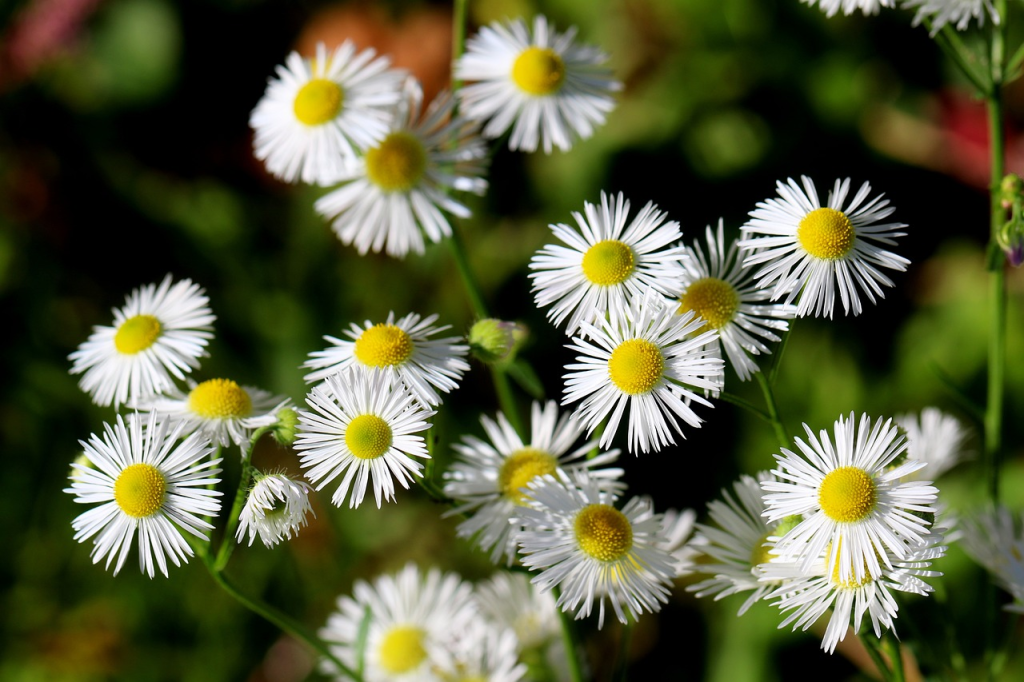
Daisy Fleabane, scientifically known as Erigeron annuus, is a slender and delicate wildflower with tiny white to pale pink flowers resembling miniature daisies. This smallest flower blooms profusely on tall, wiry stems, creating an airy and graceful appearance. Daisy Fleabane is highly adaptable and can thrive in various soil conditions, making it a resilient choice for both gardens and naturalized landscapes. It attracts pollinators like bees and butterflies, contributing to the overall biodiversity of your outdoor space. With its slender profile and abundance of small flowers, Daisy Fleabane adds a touch of wild beauty and charm to meadows, cottage gardens, or any area in need of a spontaneous burst of floral allure.
15. Blue Star Creeper

Blue Star Creeper, or Isotoma fluviatilis, is a ground-hugging perennial that produces a carpet of small, star-shaped blue flowers. Native to Australia and New Zealand, this smallest flower is well-suited for use as a ground cover in gardens and between stepping stones or pavers. Its creeping habit and delicate blooms create a soothing and calming effect, making it an excellent choice for creating a serene atmosphere in your outdoor space. Blue Star Creeper is adaptable to various soil types and thrives in partial to full sun. With its ability to form a lush, low-maintenance carpet of blue, this smallest flower adds a touch of tranquility and beauty to pathways and small garden spaces.
16. Chamomile

Chamomile, scientifically known as Matricaria chamomilla, is a tiny flowering herb celebrated for its aromatic, daisy-like blooms. Traditionally used for herbal teas and medicinal purposes, chamomile’s petite white flowers with yellow centers add a delicate charm to gardens.
Growing well in well-drained soil and full sun, chamomile attracts beneficial insects and serves as a soothing addition to herb gardens. Its therapeutic properties, coupled with its diminutive size, make it a delightful and functional choice for both experienced gardeners and those new to cultivating herbs.
17. Yellow Eyed Grass

Yellow Eyed Grass, or Sisyrinchium californicum, is a diminutive perennial plant with grass-like foliage and clusters of bright yellow flowers. Native to North America, this smallest flower thrives in sunny locations and well-drained soils. Despite its name, Yellow Eyed Grass is not a true grass but belongs to the iris family. Its small, star-shaped flowers open during the day, creating a cheerful display that attracts pollinators. The plant’s slender and upright growth habit makes it a charming addition to rock gardens, borders, or container plantings. With its vibrant yellow blooms and graceful form, Yellow Eyed Grass adds a touch of sunshine and elegance to any garden setting.
18. Buttonweed
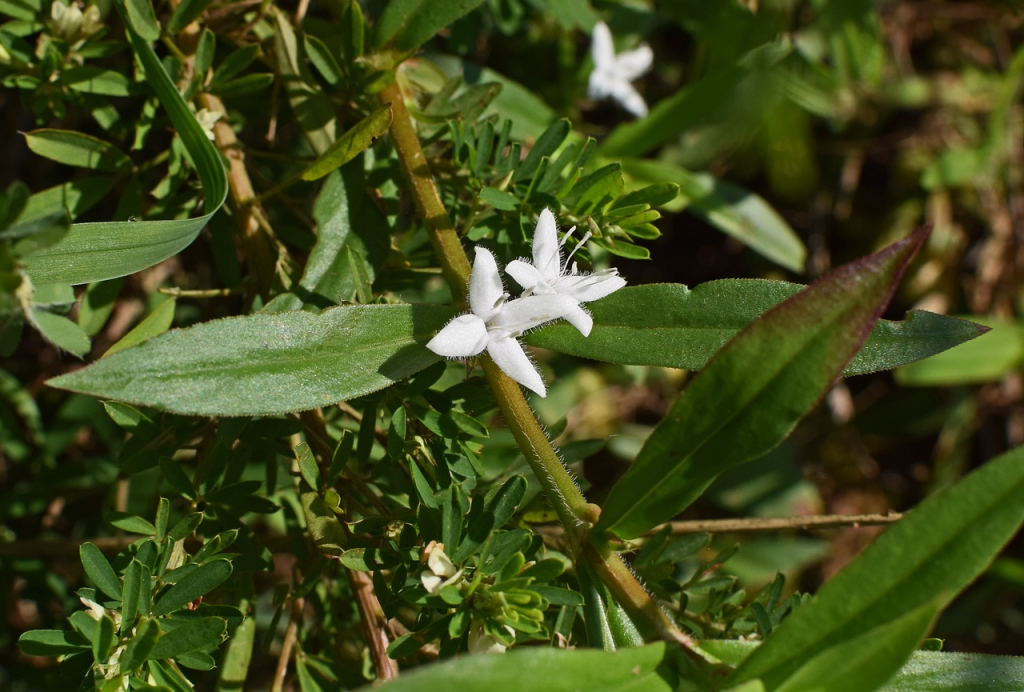
Buttonweed, scientifically known as Diodia virginiana, is a low-growing perennial with small, button-like white flowers. This smallest flower thrives in a variety of conditions, including moist meadows, open woods, and disturbed areas. Its petite blooms attract butterflies, contributing to the overall ecological balance of your garden. Buttonweed’s compact growth habit makes it a suitable ground cover or edging plant for borders. Despite its unassuming appearance, this smallest flower has a tenacious nature and can withstand challenging conditions. Buttonweed’s adaptability and ability to fill spaces with dainty blooms make it a resilient and charming addition to both naturalized and cultivated landscapes.
19. Baby Blue Eyes: Smallest Flowers

Baby Blue Eyes, or Nemophila menziesii, is a delicate annual wildflower known for its sky-blue blooms with white centers. This smallest flower is native to western North America and thrives in cool, shaded areas with well-drained soil. Its charming appearance and low-growing habit make it an excellent choice for woodland gardens, meadows, or as a ground cover beneath taller plants. Baby Blue Eyes blooms profusely in spring, creating a carpet of blue that enchants gardeners and pollinators alike. With its ephemeral beauty and adaptability, this smallest flower adds a touch of enchantment to the shaded corners of your garden, creating a soothing and dreamy atmosphere.
20. Pennywort
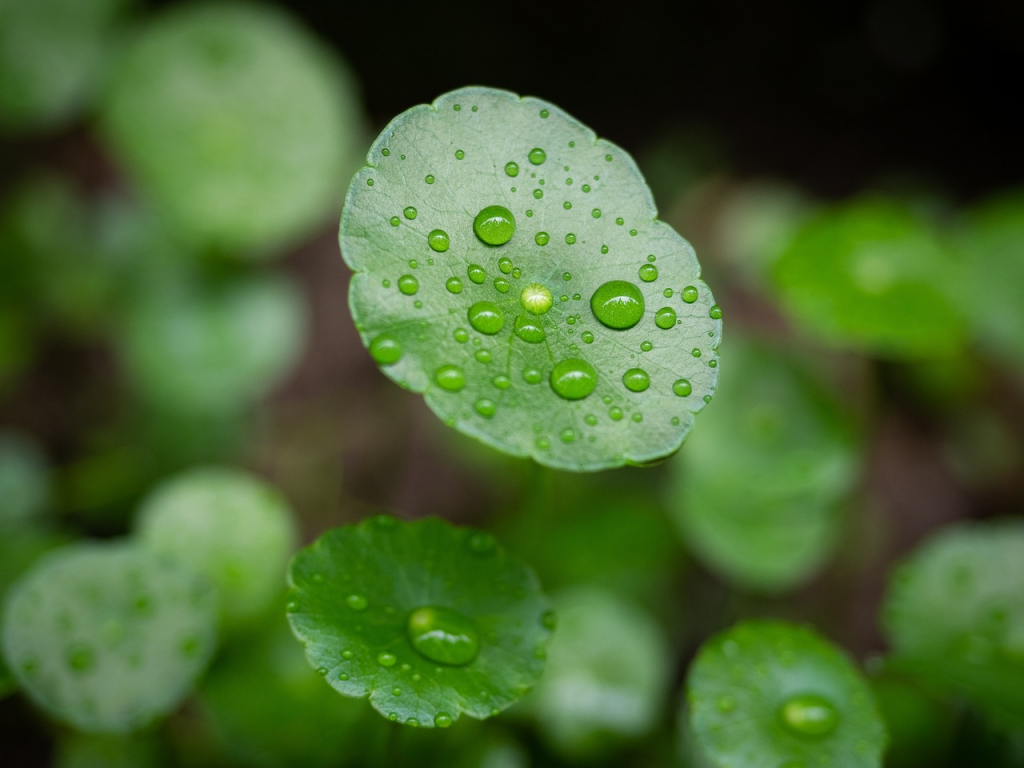
Pennywort, belonging to the Hydrocotyle genus, is a creeping perennial with small, rounded leaves and inconspicuous greenish-white flowers. This smallest flower is often found in moist or aquatic environments, making it suitable for pond edges, water gardens, or as a ground cover in damp areas. Pennywort’s prostrate growth habit forms a lush carpet, providing a verdant and calming backdrop. The plant’s adaptability to both sun and partial shade makes it a versatile choice for various garden settings. While its flowers may be subtle, Pennywort’s ability to create a green tapestry and thrive in wet conditions adds a refreshing and serene element to water features and damp landscapes.
